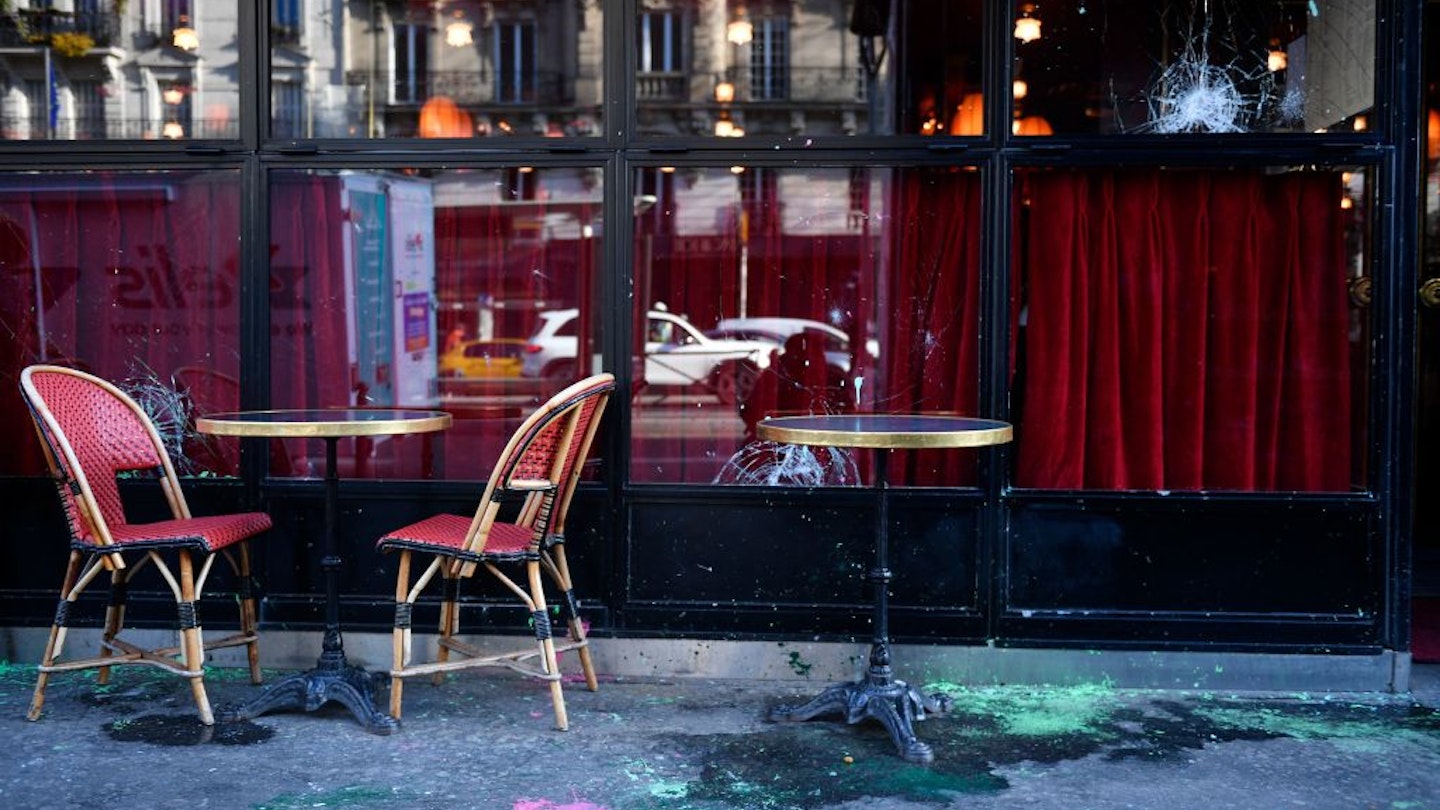Understanding the Current Protests in Paris
Over the last few weeks, images of overflowing garbage bins and violent street protests in Paris have dominated the international news cycle – raising qualms among travelers. If you have plans to visit the French capital this spring, here’s how to experience the city fully – but safely.
What’s Happening in France?
Recent months have seen the government’s unpopular pension-reform scheme, intending to gradually raise the retirement age from 62 to 64, unleash a wave of discontent across France. The level of anger escalated after the government utilized a controversial executive power to push the bill through without parliamentary voting, where it faced fierce opposition.
Millions have marched in organized protests since January. The latest day of protests took place on April 6, leading to significant disruptions in transportation, with hundreds of thousands taking to the streets. Renowned establishments, such as the Left Bank brasserie La Rotonde, have witnessed violence, and trade unions continue to stage rolling strikes until the bill is retracted.
Is it Safe to Visit Paris?
Since October 2022, the US State Department has instituted a Level 2 travel advisory for France, urging citizens to exercise “increased caution” due to potential threats like terrorism and civil unrest. The US embassy releases “demonstration alerts” advising people to steer clear of protests and maintain vigilance. Key areas for protests have included Place de la Bastille, Place de la République, and Place de la Concorde.
While authorized protests have generally remained peaceful, the atmosphere can quickly shift. Clashes between protestors and police have resulted in violence, leading to property damage. Additionally, spontaneous protests may erupt, especially among youth, often resulting in violent confrontations.
To avoid the chaos, it is advisable for travelers to stay away from protests whenever possible.
How to Stay Updated on Developments
To keep informed about the latest developments in Paris, it is beneficial to follow local English-language news sources such as France24, RFI, and The Local France. These outlets provide comprehensive updates, including the aftermath of the protests, which have left tens of thousands of tons of garbage uncollected, although services have resumed with warnings of potential strike actions to come.
For real-time updates, Twitter is an effective platform where tourist attractions and public transport operators post notifications about closures and service disruptions.
Impact of Strikes on Public Transport and Airports
On strike days, public transport services, including trains (like the Eurostar), buses, and air travel, experience drastic reductions. The French civil aviation authority frequently requests airlines to cancel up to 30% of flights when air traffic controllers go on strike, affecting numerous travelers.
Travelers should consult their airlines for updates and anticipate that protestors may block access to airports, making it essential to allocate ample time for travel, especially during strike days. Expect reduced services and overcrowding on the Métro, and be prepared to walk if necessary.
What If Closures Disrupt My Itinerary?
Restaurants and shops are generally operational, though some may close if situated along demonstration routes. If you encounter cancellation of popular attractions due to strikes, it’s advisable to explore alternative destinations.
Instead of the Louvre, consider visiting the Musée Bourdelle, dedicated to sculptor Antoine Bourdelle. Alternatively, for sweeping city views, the Tour Montparnasse is a great option. If Versailles is unavailable, the Château de Chantilly, known for its exquisite gardens and significant art collection, is just 40 minutes by train from Paris.
Ultimately, by staying vigilant, remaining flexible with your plans, and being open to new experiences, your visit to Paris can still be enjoyable and enriching despite the ongoing civil unrest.




